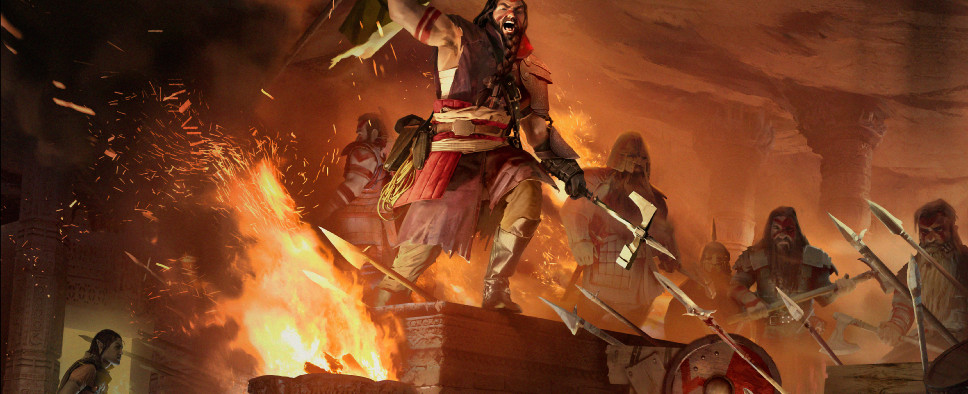Underworld Ascendant Interview
-
Category: News ArchiveHits: 1529

Rock, Paper, Shotgun has just published an article-style with Paul Neurath, head of OtherSide Entertainment, which largely focuses on the Kickstarter-funded Underworld Ascendant. If you want to learn about the factors Neurath considered for the game's budget, what he thinks games can still learn from pen and paper RPGs, how the game's faction system is going to work, and more, I highly suggest you read the full piece.
As usual, I'm going to quote a small sampling of it:
(In the original Underowrlds there were some lighweight faction elements. Player could interact and befriend one group becoming enemies of another group. It was fairly primitive stuff, with AIs interacting in fairly limited ways. We're really pushing that aspect.
Creatures have their own agendas. At first the player may be mystified by the world but once you get beyond that you'll slip into the politics of the factions. There are three main factions with much deeper dynamics between them. The player has to choose which faction to join with at some point in the game. That has deep repercussions.)
The systems driving AI behaviour in Ultima Underworld may have been (fairly primitive) but clever design goes some way toward disguising crude mechanics. Given that at least some of the inspirations for Ascendant are decades old, pre-digital games and interactions, I wonder how much technology influences design. Is a well-designed game a well-designed game forever, and how do technological advances help to communicate elements of that design?
(Technology certainly helps, but good design doesn't depend on it.) Advances in tech help designers in ways that aren't necessarily noticeable in the end product though. Building custom engines took a great deal of work and now, with Unity, all of the baseline elements are already in place. It's easier to test mechanics early in the development process, iterating on design rather than waiting for the engine to be in a robust state that supports experimentation.

